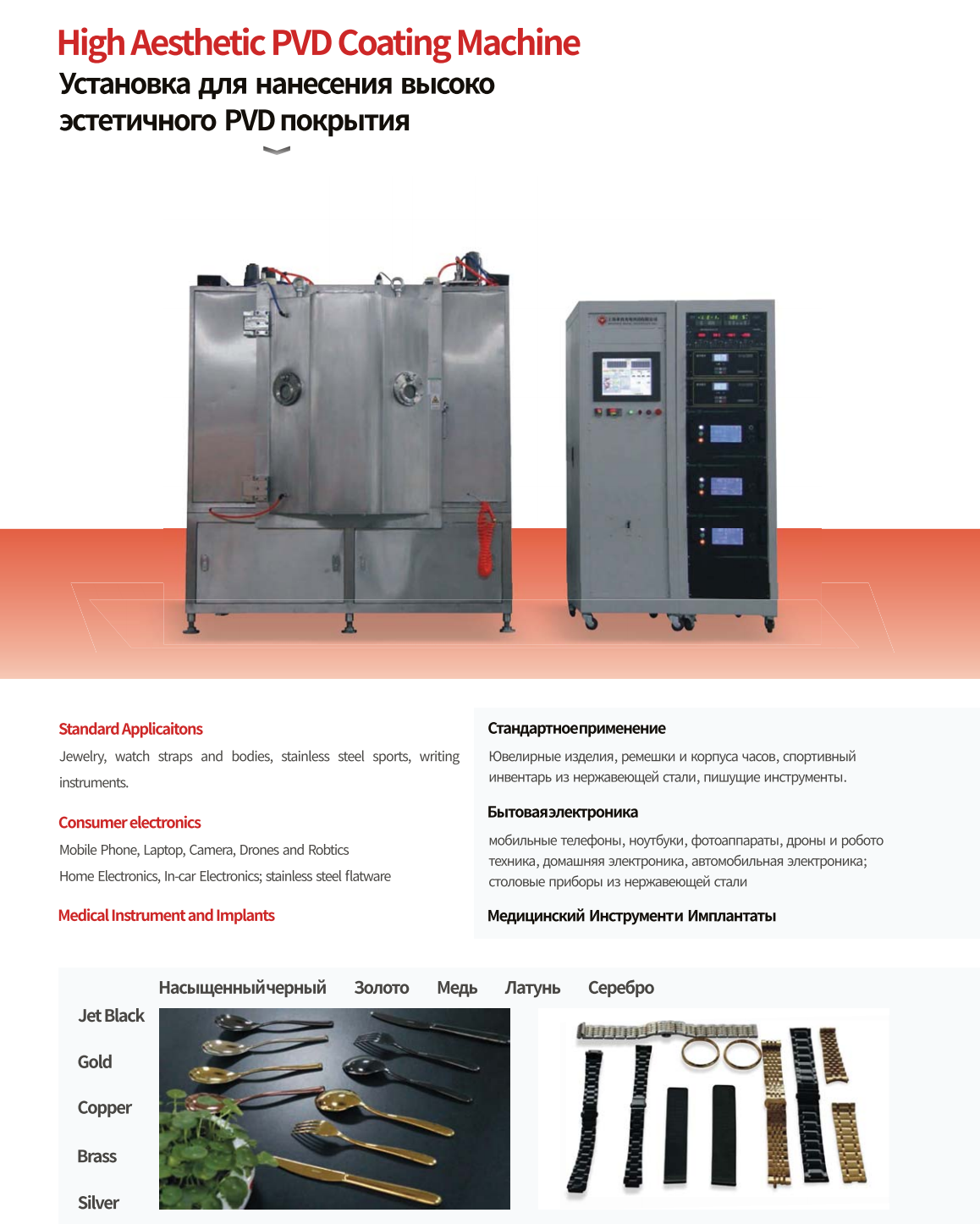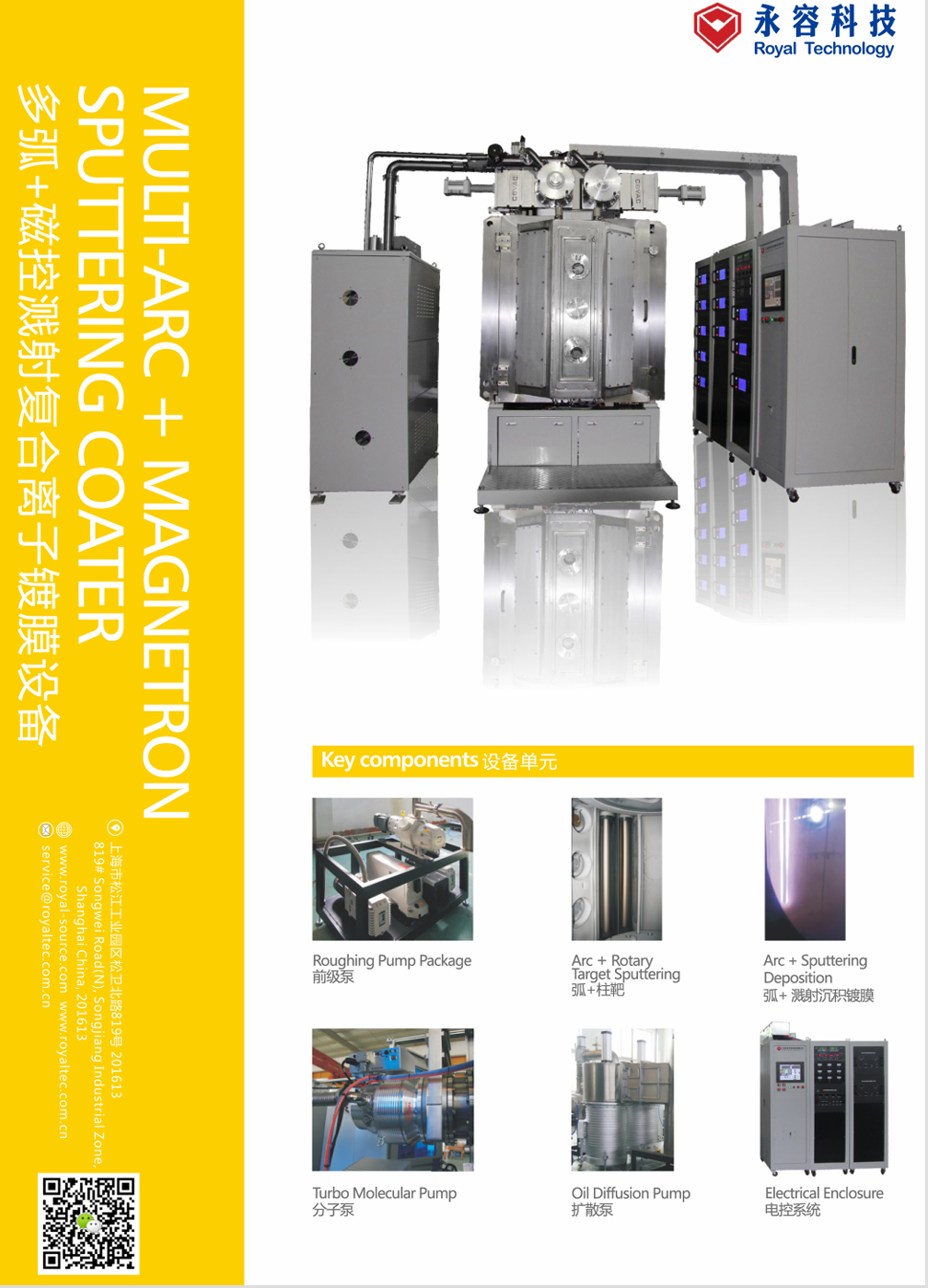Why cathodic arc and sputtering combined system?
Combining cathodic arc deposition with sputtering in a single system can offer several advantages in thin film deposition processes. Here are some reasons why these two techniques might be combined:
1. Improved Film Quality
2. Enhanced Control
3. Versatility
4. Film Composition Control
5. Uniformity and Thickness Control
6. Process Efficiency
7. Tailored Film Properties
In an conclusion, by combining cathodic arc and sputtering techniques in a single system, researchers and manufacturers can leverage the strengths of each technique to achieve desired film properties efficiently and effectively.
Combining cathodic arc deposition with sputtering in a single system can offer several advantages in thin film deposition processes. Here are some reasons why these two techniques might be combined:
Improved Film Quality
By combining cathodic arc and sputtering techniques, it's possible to deposit films with improved quality in terms of adhesion, density, and microstructure. The combination can help overcome limitations of each technique when used alone.
Enhanced Control
The two techniques can complement each other in terms of control over film properties. Cathodic arc deposition can provide high ion energy for film adhesion and crystallinity, while sputtering can offer better control over film composition and thickness.
Versatility
Having both techniques in one system can provide versatility in depositing a wide range of materials with different properties. Cathodic arc is well-suited for high melting point materials, while sputtering can be used for a broader range of materials.
Film Composition Control
The combination of cathodic arc and sputtering allows for precise control over the composition of the deposited films. This can be particularly useful in applications where specific material compositions are required.
Uniformity and Thickness Control
Sputtering is known for its excellent thickness control and uniformity, while cathodic arc deposition can help in achieving high-density films. Combining these techniques can result in films with improved uniformity and controlled thickness.
Process Efficiency
Integrating both techniques in a single system can lead to increased process efficiency and productivity. It can reduce the need for transferring substrates between different systems, thus saving time and resources.
Tailored Film Properties
The combined system can be used to tailor film properties by adjusting the process parameters of each technique. This flexibility allows for the deposition of films with specific characteristics required for various applications.
By combining cathodic arc and sputtering techniques in a single system, researchers and manufacturers can leverage the strengths of each technique to achieve desired film properties efficiently and effectively.
What are some examples of materials best suited for this combined technique?
The combined technique of cathodic arc deposition and sputtering can be particularly beneficial for depositing a wide range of materials, especially those that benefit from the unique advantages of each technique. Here are some examples of materials that are well-suited for this combined deposition approach:
Hard Coatings:
Tungsten Carbide (WC)
Combining cathodic arc and sputtering can help in depositing hard and wear-resistant coatings of tungsten carbide, commonly used in cutting tools and industrial applications.
Refractory Metals
Titanium Nitride (TiN): The combination of techniques can be effective in depositing titanium nitride coatings, known for their hardness, wear resistance, and decorative properties.
Zirconium (Zr) and Hafnium (Hf): These high melting point metals can be efficiently deposited using a combination of cathodic arc and sputtering techniques.
Functional Thin Films
Oxides (e.g., TiO2, ZnO): Cathodic arc combined with sputtering can be used to deposit thin films of oxides with tailored properties, such as optical coatings, transparent conductive coatings, and gas sensors.
Nitrides (e.g., AlN): Nitride films with specific properties, like high hardness or good thermal conductivity, can be deposited using this combined technique.
Multilayered Structures
Metal/semiconductor combinations
The combination of cathodic arc and sputtering can be utilized to create complex multilayered structures, such as metal/semiconductor stacks for electronic and optical applications.
Decorative Coatings
Chrome (Cr) and Nickel (Ni)
These metals are commonly used for decorative coatings in automotive and household applications, and their deposition can benefit from the combined technique for improved adhesion and durability.
Magnetic Materials
Permalloy (NiFe)
Suitable for applications in magnetic sensors and magnetic storage devices, the combination of techniques can help in depositing high-quality thin films of permalloy.
Conductive Thin Films
Gold(Au), Copper (Cu) and Silver (Ag)
These materials are commonly used in electronics for their high conductivity.
Combining cathodic arc and sputtering can aid in depositing conductive thin films with controlled properties.
By leveraging the strengths of both cathodic arc deposition and sputtering techniques, a wide range of materials can be efficiently deposited with tailored properties to meet the requirements of various industries and applications.
What are the advantages of combining these techniques over using each individually?
Combining cathodic arc deposition and sputtering techniques in a single system offers several advantages over using each technique individually. Here are some key benefits of integrating these two methods:
Enhanced Film Quality:
The combination of cathodic arc and sputtering techniques can lead to improved film quality in terms of adhesion, density, uniformity, and microstructure. The unique advantages of each technique can complement each other to produce high-quality films.
Control Over Film Properties:
By combining these techniques, it is possible to have better control over various film properties such as composition, thickness, crystallinity, and texture. This control allows for the customization of films to meet specific requirements for different applications.
Versatility in Deposition:
The combined system offers versatility in depositing a wide range of materials, including metals, alloys, nitrides, oxides, and other compounds. This versatility is beneficial for applications that require the deposition of diverse materials.
Improved Efficiency and Productivity:
Integrating cathodic arc and sputtering in one system can improve process efficiency and productivity by reducing the need to transfer substrates between different deposition systems. This streamlined process can save time and resources.
Tailored Film Properties:
The combination of techniques enables the tailoring of film properties by adjusting process parameters to achieve specific characteristics such as hardness, wear resistance, optical properties, and electrical conductivity. This flexibility is valuable for meeting the demands of various industries.
Better Adhesion and Coating Uniformity:
Cathodic arc deposition provides high ion energy for improved film adhesion, while sputtering offers excellent thickness control and coating uniformity. Combining these techniques results in films with enhanced adhesion and uniformity.
Cost-Effectiveness:
While each technique has its own advantages, combining cathodic arc and sputtering can provide a cost-effective solution by utilizing the strengths of both methods in a single system. This can lead to cost savings in terms of equipment, maintenance, and process optimization.
High Throughput:
The integrated system can offer high throughput capabilities, allowing for the deposition of films at a faster rate compared to using each technique individually. This is beneficial for industrial-scale production and large-scale manufacturing.
By combining cathodic arc deposition and sputtering techniques, researchers and manufacturers can leverage the synergies between these methods to achieve superior film quality, control over properties, versatility, efficiency, and cost-effectiveness in thin film deposition processes.
Royal Technology developed the RTAS series of integrated arc and sputtering deposition system. Standard models are listed as below:
1. RTAS1000 ( small size)
1.1 arc + MF cylinder sputters,
1.2 arc + MF planar sputters,
1.3 arc + DC planar sputters,
1.4 arc + DC cylinder sputters
2. RTAS1400/RTAS1600 ( medium size)
2.1 arc + MF cylinder sputters,
2.2 arc + MF planar sputters,
2.3 arc + DC planar sputters,
2.4 arc + DC cylinder sputters
3. RTAS1618 ( large size)
3.1 arc + MF cylinder sputters,
3.2 arc + MF planar sputters,
3.3 arc + DC planar sputters,
3.4 arc + DC cylinder sputters
If you need a customized deposition system, please contact our team.
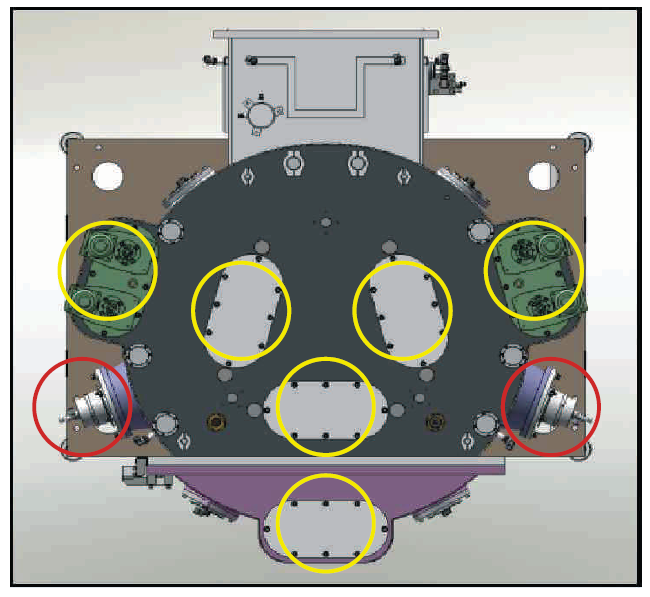
Deposition sources distribution
Deposition Cathodes
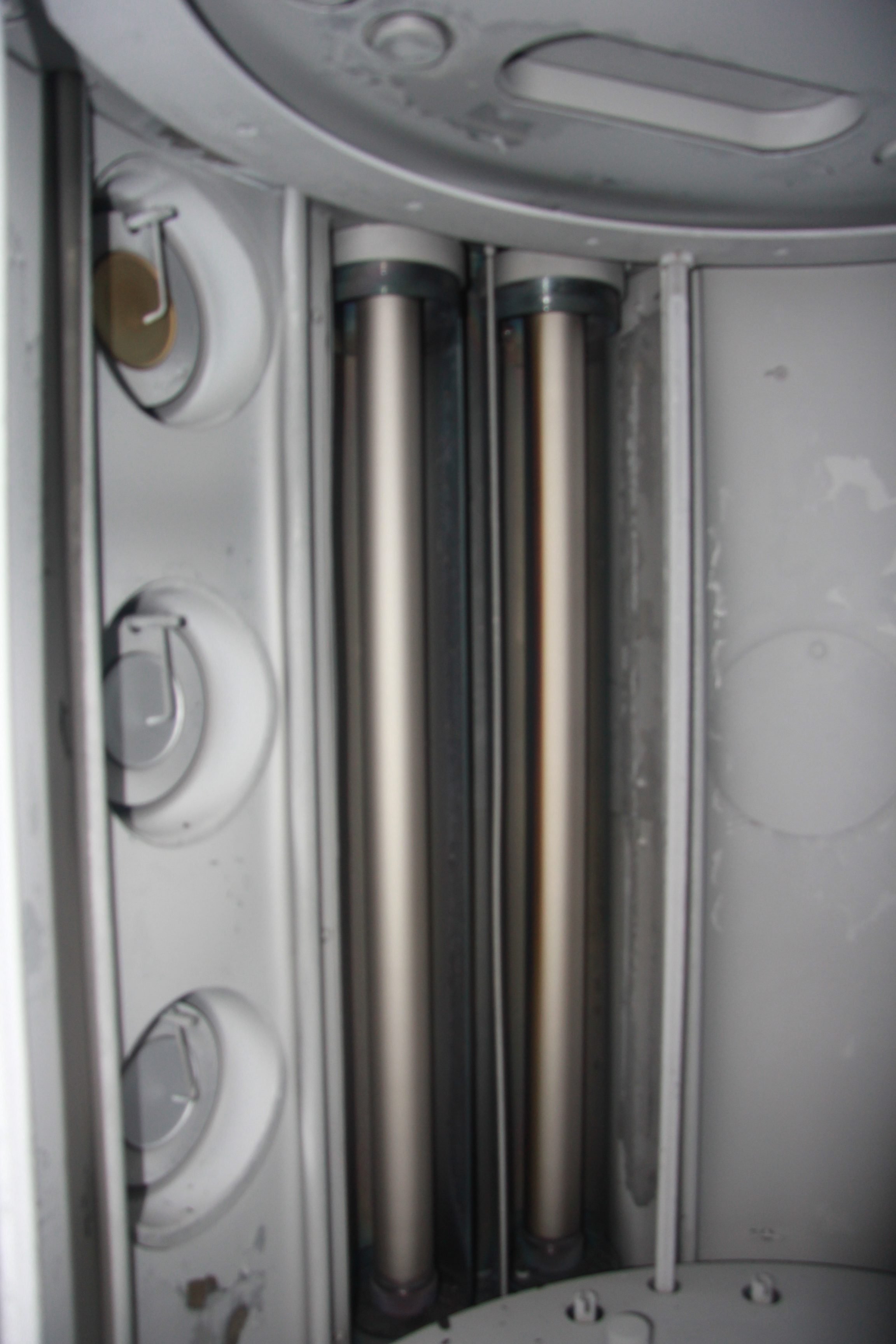
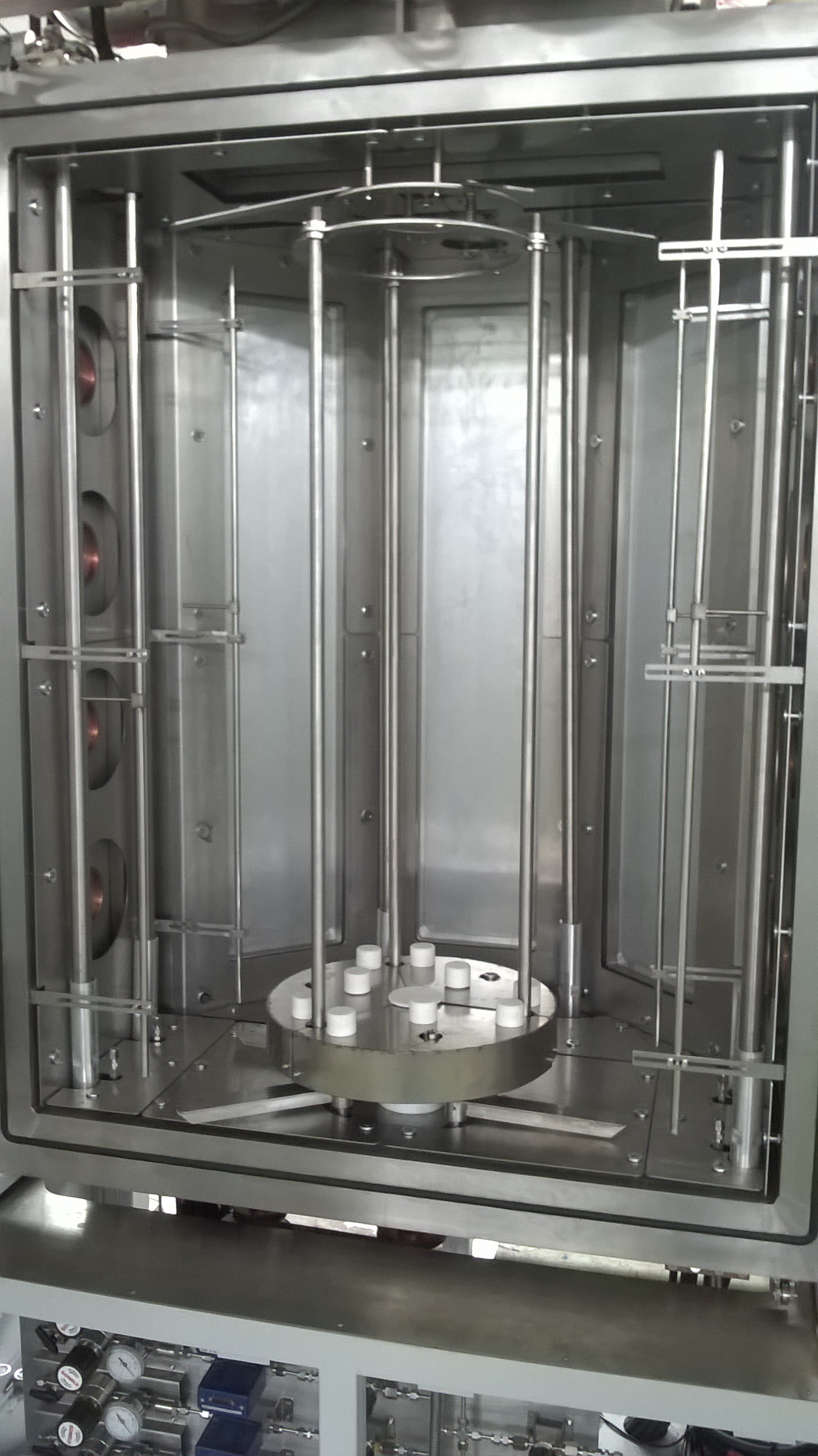

Arc + Cylinder Sputters Arc + Planar Sputters Arc discharging and Glow discharging


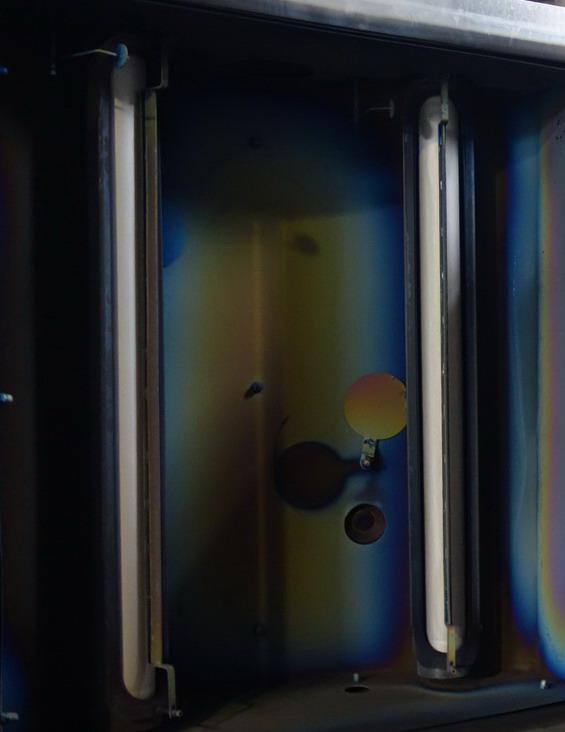

Circular steered arc cathode Cylinder arc cathode Twins MF cylinder sputtering cathodes


